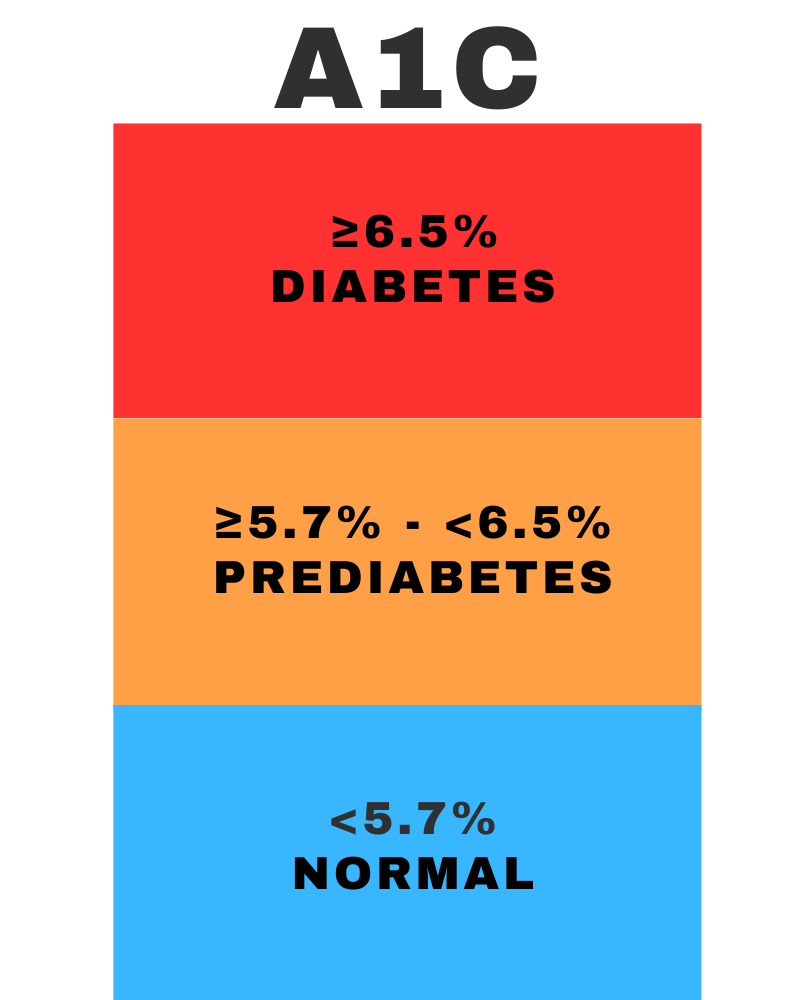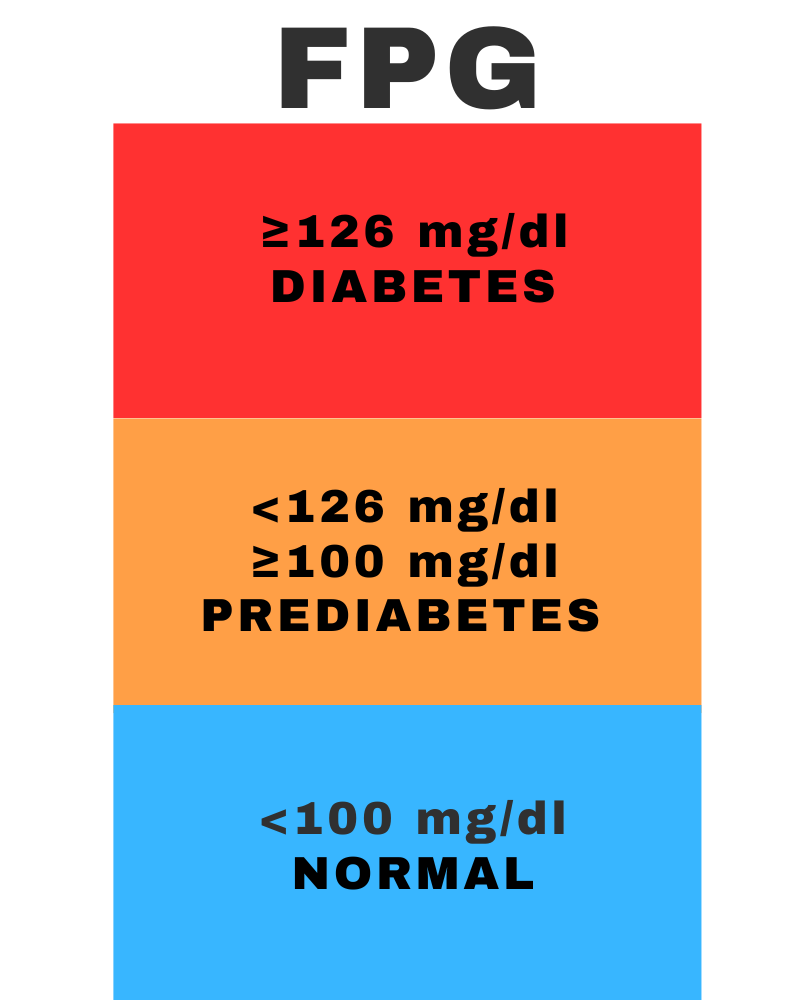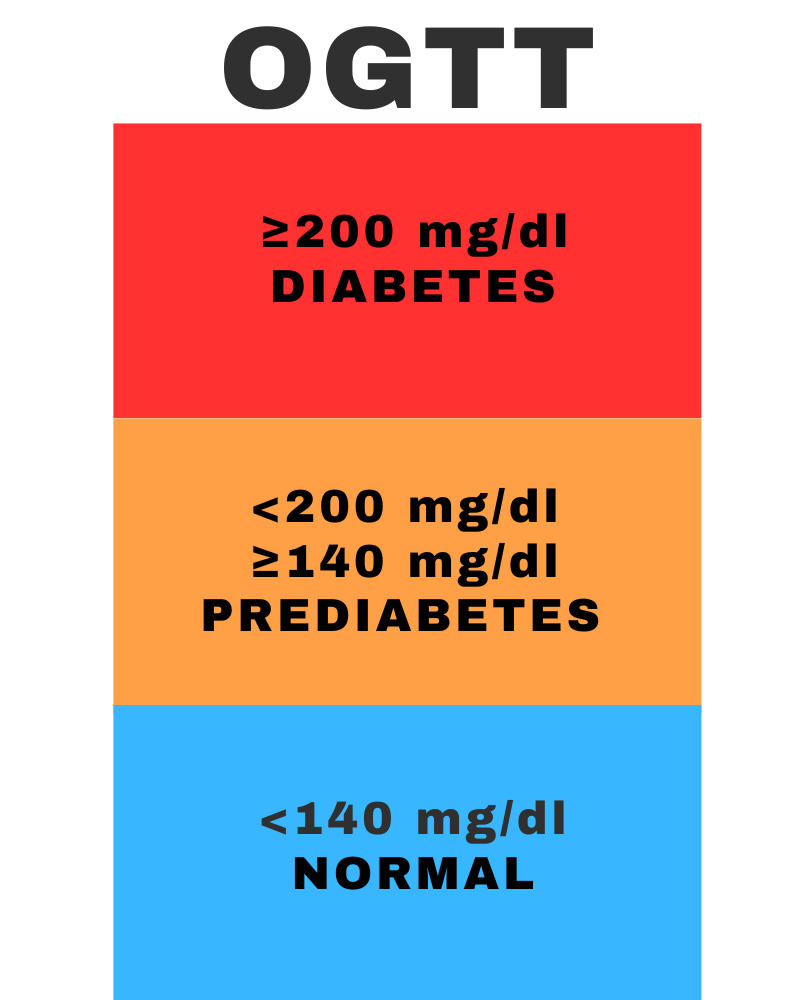Understanding A1C
Diabetes Diagnosis



There are multiple methods to identify diabetes. Typically, a second day’s test is needed to confirm the diagnosis.
Examinations should be conducted in a medical environment (like a doctor’s clinic or a laboratory). If your physician finds that your blood glucose (sugar) levels are exceptionally high, or if you exhibit typical signs of elevated blood glucose along with one positive result, a second test might not be necessary for a diabetes diagnosis.
A1C
The A1C test, is a valuable tool for measuring your average blood glucose over the past two to three months. This method of diagnosis offers several advantages, including the fact that there’s no need to fast or consume anything specific. Beginners can easily benefit from this test without any inconveniences.
- Diabetes is diagnosed if an individual’s A1C score is greater than or equal to 6.5%
Results
- Normal
- Prediabetes
- Diabetes
A1C
- less than 5.7%
- 5.7% to 6.4%
- 6.5% or higher
Fasting Plasma Glucose (FPG)
This test examines your fasting blood glucose levels to assess your health. Fasting, in this context, refers to abstaining from consuming any food or beverages (except water) for a minimum of 8 hours before the examination. Typically, this test is conducted in the early morning, prior to having breakfast. At Diabetes Doc, we prioritize your well-being and aim to provide you with accurate and reliable information about your glucose levels.
- Diabetes is diagnosed at fasting blood glucose of greater than or equal to 126 mg/dl
Results
- Normal
- Prediabetes
- Diabetes
Fasting Plasma Glucose (FPG)
- less than 100 mg/dl
- 100 mg/dl to 125 mg/dl
- 126 mg/dl or higher
Oral Glucose Tolerance Test (OGTT)
The OGTT, also known as the Oral Glucose Tolerance Test, is a two-hour examination that evaluates your blood glucose levels before and two hours after consuming a specifically formulated sweet beverage. This test provides valuable insight to your doctor regarding how efficiently your body metabolizes sugar, ultimately aiding in the management and understanding of your condition. At Diabetes Doc, we prioritize your health and aim to provide comprehensive assessments that enable informed and personalized care.
- Diabetes is diagnosed at two-hour blood glucose of greater than or equal to 200 mg/dl
Results
- Normal
- Prediabetes
- Diabetes
Oral Glucose Tolerance Test (OGTT)
- less than 140 mg/dl
- 140 to 199 mg/dl
- 200 mg/dl or higher
Random: Plasma Glucose Test
For those who have severe diabetes symptoms, a Plasma Glucose test can be taken almost anywhere at any time of the day.
- Diabetes is diagnosed at blood glucose of greater than or equal to 200 mg/dl
What is Prediabetes?
Before individuals experience type 2 diabetes, they typically have a condition known as prediabetes. Prediabetes refers to elevated levels of blood glucose that surpass normal ranges but do not yet meet the criteria for a diabetes diagnosis. At Diabetes Doc, we aim to provide valuable insights and resources for those with prediabetes, helping them make informed decisions to prevent or better manage this condition.
Doctors may call prediabetes either impaired glucose tolerance (IGT) or impaired fasting glucose (IFG) based on the detection test. This condition increases the risk of type 2 diabetes and cardiovascular disease.
Symptoms
Prediabetes often has no distinct symptoms, so it can be present without your knowledge.
Some individuals with prediabetes might experience diabetes symptoms or related issues. Typically, you discover you have prediabetes during a diabetes test.
If diagnosed with prediabetes, you should undergo type 2 diabetes screening every one to two years.
Results indicating prediabetes are:
- An A1C of 5.7–6.4%
- Fasting blood glucose of 100–125 mg/dl
- An OGTT two-hour blood glucose of 140–199 mg/dl
Preventing Type 2 Diabetes
Having prediabetes doesn’t mean you’ll inevitably get type 2 diabetes. For some, early intervention can bring blood glucose levels back to normal.
Studies indicate that you can reduce your type 2 diabetes risk by 58% through:
Shedding 7% of your body weight (which is 15 pounds if you’re 200 pounds) and Engaging in moderate exercise (like brisk walking) for 30 minutes daily, five times a week. Don’t stress if you can’t reach your target body weight. Shedding just 10 to 15 pounds can have a significant impact.
